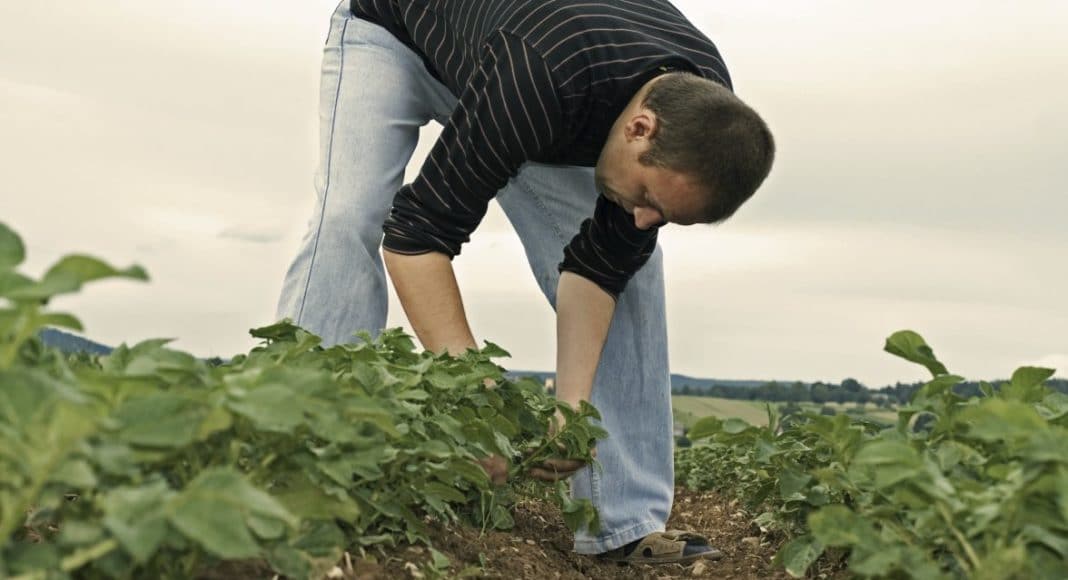EXCITEMENT IS IN the air as Manitoba gets ready to host the 103rd Potato Association of America Annual Meeting in Winnipeg at the end of July.
It’s a time for the sector’s scientific branch to share research information about all facets of the potato industry, to recognize members who have made significant contributions to the sector, and to nurture and mentor upcoming researchers. It’s also an opportunity for all industry stakeholders, including producers, to network and socialize.
In short, there’s something for everyone at this annual meeting. Producers will find the Industry Day on July 30 particularly helpful as the sessions are largely about management practices and topics they will find of interest.
While discussing projects and collaborations with PAA members, I couldn’t help but wonder about the shifts taking place within the industry with respect to how research is funded and carried out.
Twenty years ago, Tracy Shinners-Carnelley’s position of vice-president of Research and Quality for Peak of the Market — a grower-owned, not-for-profit vegetable supplier — didn’t exist. According to Shinners-Charnelley, this highlights a positive change toward a higher level of industry engagement.
This is due to the shift, says Shinners-Carnelley, in the way funding is allocated for research, and the common requirement to have industry involvement and fund-matching, and in many cases an increasing amount of funds. There is a need for industry to be identifying and supporting what research projects are going forward, she continues.
Additionally, whether real or perceived, the decline of resources for traditional types or groups of research means it’s up to industry, in many cases, to help initiate research and move it forward, as well as help in its coordination, she adds.
“When we look at industry’s role, there is certainly an increase in conducting and delivering research programs, but also in coordinating it. In some cases, grower groups are not actually doing the research, but they’re playing a key role in coordinating research partners doing the work and also on funding the research. That is certainly evidenced in the way that [Agriculture and Agri-Food Canada] has been funding agricultural research in the last number of years, and moving to the AgriScience Clusters,” she says.
Those industry clusters are applied for, or held by, industry partners like the Canadian Horticulture Council, and “industry plays a key role in identifying what the research priorities are and pulling together the complement of scientists and industry to help support, move forward, and work on the knowledge transfer piece,” she says.
“It is very positive that industry is in the driver’s seat but at the same time it is a lot of work to coordinate these large-scale projects that have many collaborators. It’s just simply logistics.”
Now that industry is taking on a larger role — as applicant, proponent and coordinator — it will seek ways of making the process more efficient.
“That full continuum of identifying, developing, funding and delivering research results has its challenges, and as we get more familiar with this way of delivering research, it will get smoother.”
As the involvement of industry increases in driving research, research is playing a more prominent role within industry. There is also increasing producer engagement in research.
The number of industry participants attending the PAA annual meeting has also increased over the past few years, says Shinners-Carnelley, who is co-chair of the 2019 PAA Local Arrangements Committee. “When we look at our numbers of industry participants coming to PAA, that’s another sign the interest in research is continuing to build,” she says.
And bringing industry and the research community together at events like the PAA annual meeting can only strengthen the industry.
“Within that PAA group, we have such a mass of expertise and their knowledge is immense. When we all come together, it is a resource and it is a network and the association ties us all together,” says Shinners-Carnelley.
I hope to see you at PAA’s Industry Day this summer!











